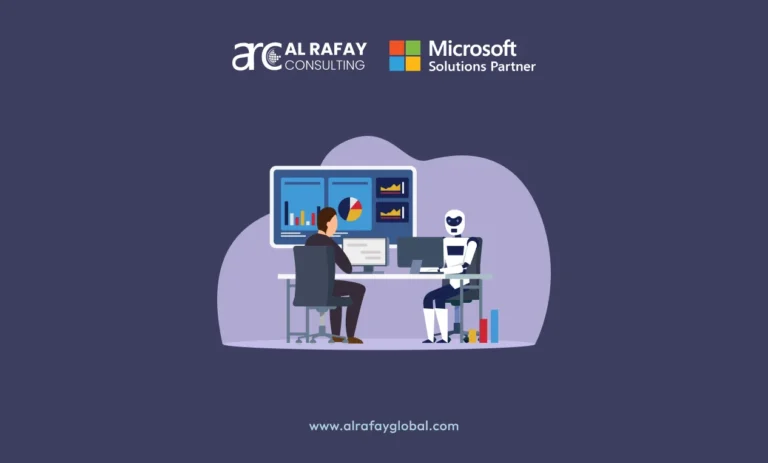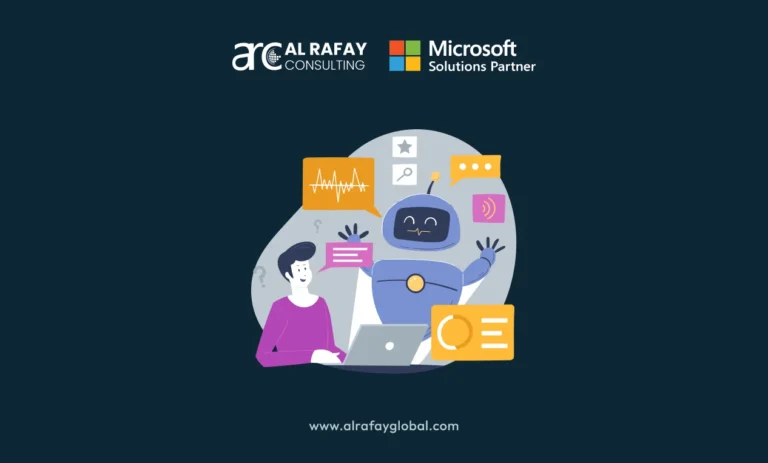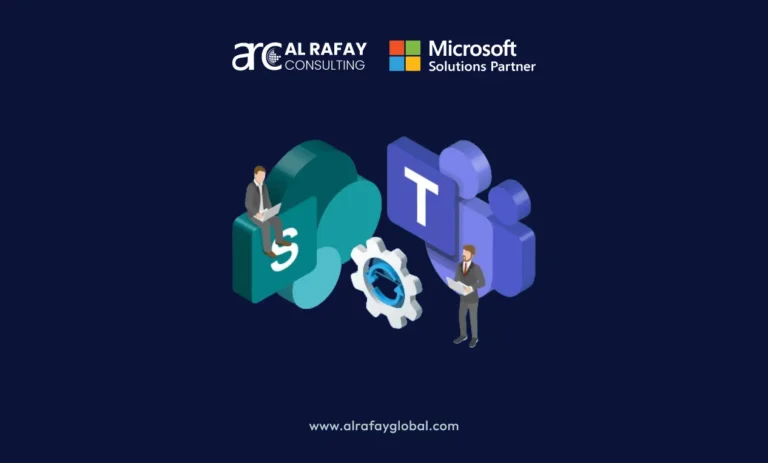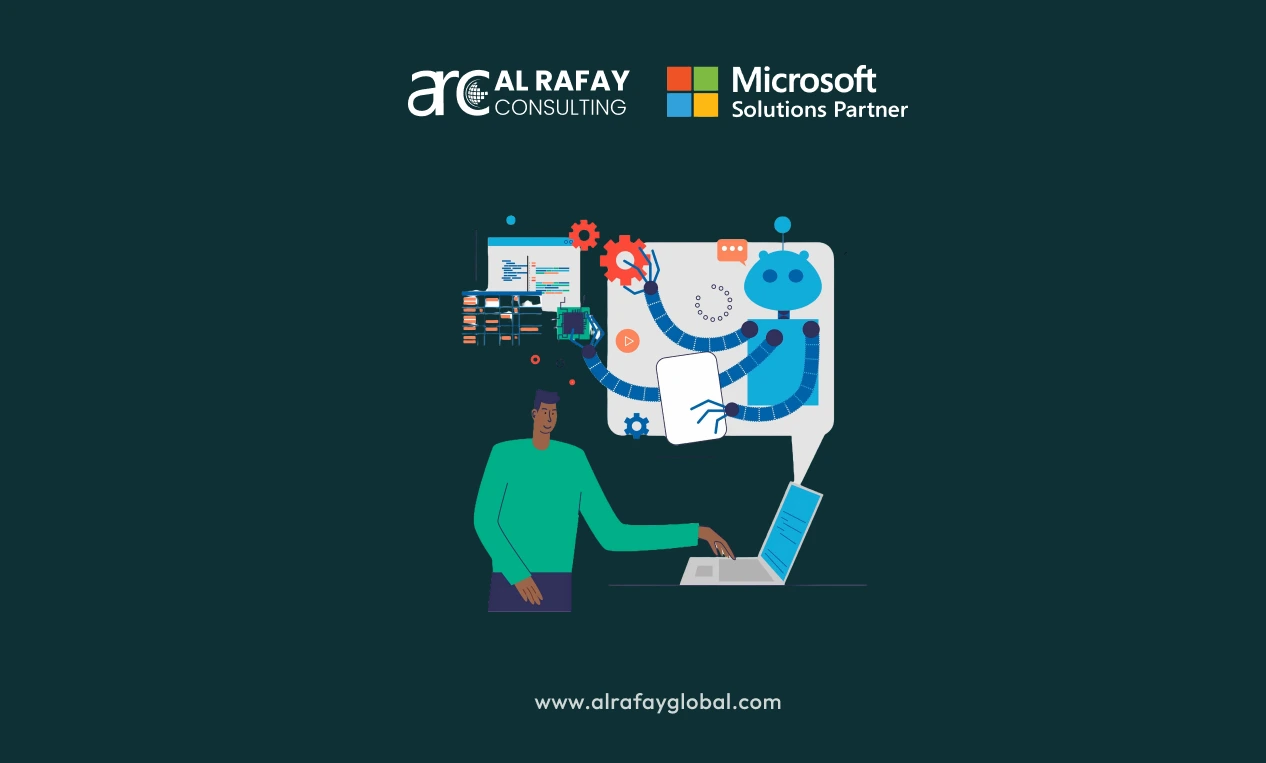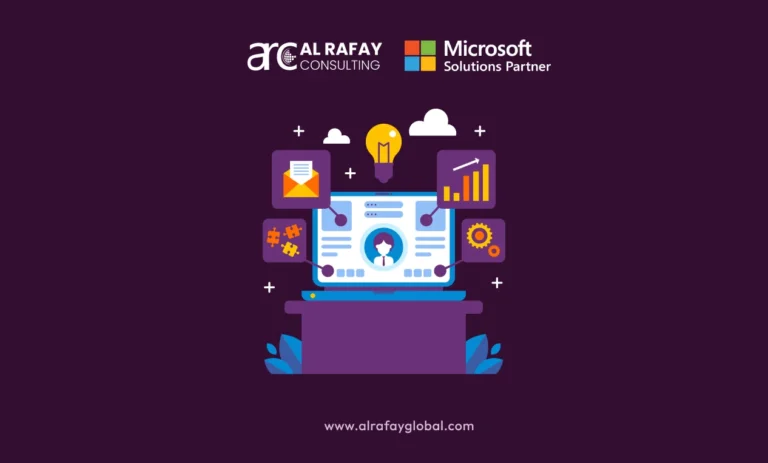Artificial Intelligence (AI) has moved from being a cutting-edge technology to a critical tool for businesses seeking to enhance their operational efficiency. AI operational efficiency refers to the ability to optimize AI-driven processes, ensuring they deliver maximum value with minimal resource consumption, time, and cost. This includes improving AI model performance, automating repetitive tasks, and integrating AI seamlessly into the business workflow.
In the modern business environment, operational efficiency is paramount for staying competitive. AI’s ability to process large amounts of data, identify patterns, and predict outcomes in real time enables businesses to streamline processes and reduce operational costs. Industries ranging from manufacturing to retail, healthcare, and logistics are leveraging AI to automate tasks, minimize human error, and accelerate decision-making.
This blog will explore key aspects of AI operational efficiency, covering tools, strategies, and best practices for optimizing AI operations. Topics include data management, model optimization, AI infrastructure, MLOps, cost efficiency, and real-world case studies. By the end, you’ll understand how AI can drive significant improvements in operational efficiency, making it an essential asset for modern enterprises.
The Importance of AI in Operational Efficiency
Defining Operational Efficiency in Business
Operational efficiency is the ability of an organization to deliver products and services at optimal cost and with minimal waste, all while maintaining high-quality standards. It involves streamlining workflows, reducing errors, and improving resource utilization. In today’s fast-paced, data-driven business world, operational efficiency is crucial for remaining competitive. Companies that operate efficiently can quickly respond to market changes, improve customer satisfaction, and reduce overall costs.
AI’s Role in Enhancing Efficiency
Artificial Intelligence has become a vital tool for improving operational efficiency by automating manual processes, reducing human error, and enhancing decision-making through data analysis. AI can process vast amounts of data in real time, making it possible to identify inefficiencies that would otherwise be difficult to detect. From supply chain optimization to personalized customer experiences, AI is revolutionizing operations across industries.
Manufacturing: AI is used for predictive maintenance, identifying equipment issues before they lead to costly downtimes.
Logistics: AI optimizes route planning and inventory management, reducing fuel costs and ensuring timely deliveries.
Healthcare: AI assists in diagnosing medical conditions faster and with greater accuracy, streamlining patient care.
Key Metrics of AI Operational Efficiency
Measuring AI’s impact on operational efficiency requires focusing on key performance indicators (KPIs):
Metric | Definition |
Throughput | The rate at which AI processes data or completes tasks. Higher throughput means faster results. |
Response Time | Time taken by AI systems to respond to a query or event. Faster response times lead to improved workflows. |
Scalability | The AI system’s ability to handle increasing amounts of data or tasks without losing efficiency. |
Cost Reduction | Decrease in operational costs through automation, predictive analytics, and AI-driven decision-making. |
AI excels in maximizing these metrics, making it a key driver for operational success in various industries.
Key Components of AI Operational Efficiency
Data Management
Data is the fuel that powers AI systems, and its quality directly impacts AI performance. For AI models to function effectively, they must be trained on high-quality data. Poor data management leads to inaccurate predictions and inefficiencies.
Best practices for efficient data management include:
Data Collection: Establish robust pipelines for data ingestion from various sources.
Data Cleaning: Remove duplicates, errors, and irrelevant data to ensure only high-quality data is processed.
Data Preprocessing: Normalize and standardize data to align with the AI model’s requirements.
Without proper data management, even the most sophisticated AI models will fail to deliver results.
AI Model Optimization
Optimizing AI models involves ensuring they perform tasks accurately and efficiently. Several techniques are available to improve model performance:
Hyperparameter Tuning: Adjusting the hyperparameters of AI models (such as learning rate, and batch size) to improve accuracy and reduce training time.
Model Pruning: Removing unnecessary parameters from a model to reduce complexity and speed up computations.
Retraining Models: Continuously updating models with new data to maintain accuracy and relevance.
Model optimization ensures long-term efficiency, minimizing computational costs and improving response times.
Automation and Orchestration
Automation plays a critical role in achieving operational efficiency with AI. Automating repetitive tasks like model training, testing, and deployment reduces the need for manual intervention. Orchestration tools such as Kubernetes and Apache Airflow enable automated workflows, ensuring the smooth execution of AI pipelines.
These tools help:
Manage resource allocation efficiently.
Automate scheduling of AI tasks.
Handle distributed workloads across various hardware.
Automation ensures that AI operations run continuously and efficiently without manual oversight.
AI Infrastructure: Optimizing Hardware and Software
Scalable AI Infrastructure
A well-architected AI infrastructure is crucial for operational efficiency. Scalable infrastructure enables organizations to handle growing amounts of data without sacrificing performance.
Cloud Computing: Offers flexibility and scalability, allowing businesses to scale their AI operations up or down based on demand. Cloud platforms such as AWS, Google Cloud, and Azure provide powerful compute instances designed specifically for AI workloads.
Edge Computing: Reduces latency by processing data closer to the source, improving response times for real-time applications such as autonomous vehicles or IoT devices.
A hybrid approach combining cloud and edge computing can optimize both cost and performance.
Hardware Considerations
Hardware is equally important in AI operations, and choosing the right setup can significantly impact performance.
CPU vs. GPU: While CPUs are general-purpose processors, GPUs are optimized for parallel processing, making them more efficient for AI workloads that involve large datasets or complex computations.
AI Accelerators (TPUs, NPUs): Specialized chips like Tensor Processing Units (TPUs) and Neural Processing Units (NPUs) are designed for deep learning tasks, offering even greater efficiency.
Hardware Type | Best Use Case | Efficiency Gains |
CPU | General AI tasks, smaller models | Versatile, but slower for large computations |
GPU | Deep learning, large datasets | Faster training and inference times for parallel tasks |
TPU/NPU | Dedicated deep-learning tasks | Superior performance and efficiency for specialized models |
AI Software Stack
An efficient software stack is essential for the smooth operation of AI models.
AI Frameworks: Libraries like TensorFlow and PyTorch provide the tools to develop, train, and deploy AI models efficiently.
MLOps Platforms: Tools like Kubeflow and MLflow facilitate model deployment, versioning, and monitoring, reducing operational complexity.
Version Control: Ensures that changes to models and data pipelines are tracked, making it easier to revert to previous versions if necessary.
Using the right mix of software and hardware is essential for achieving long-term efficiency in AI operations.
MLOps: Driving AI Operational Efficiency
What is MLOps?
MLOps (Machine Learning Operations) is the practice of streamlining and automating the lifecycle of AI models, from development to deployment. It combines practices from both AI development and DevOps to ensure efficient, scalable, and reliable AI operations.
MLOps allows businesses to scale their AI models efficiently, ensuring continuous integration, delivery, and monitoring. This automation minimizes manual interventions, ensuring that AI systems remain agile and responsive to changes in data or demand.
Key Practices for MLOps Efficiency
CI/CD Pipelines: Continuous integration and continuous deployment (CI/CD) enables seamless updates to AI models. Automated pipelines help deploy new models quickly, ensuring that they stay relevant and efficient.
Automation: Automating model training, testing, and deployment reduces manual workload, improving operational efficiency.
Versioning: Managing multiple versions of models ensures that the most efficient models are always in production.
Monitoring and Logging for AI Systems
Monitoring and logging are essential for ensuring the smooth operation of AI systems. Best practices include:
Monitoring AI Models: Tracking model performance in production environments allows for timely interventions when performance drops.
Telemetry Data: Collecting and analyzing telemetry data helps identify issues early and optimize the system for better performance.
Effective logging ensures that issues are quickly identified and resolved, preventing prolonged downtime.
Collaboration Between Teams
AI operational efficiency requires close collaboration between data scientists, DevOps, and engineers. Communication tools like Git, Jenkins, and Docker facilitate collaboration by allowing teams to work on AI projects simultaneously and efficiently.
Efficient collaboration is critical for the continuous improvement of AI models and the optimization of operational workflows.
Cost Efficiency in AI Operations
Reducing AI Compute Costs
One of the biggest challenges in AI operations is managing the high cost of computation. Efficient resource allocation can significantly reduce these costs.
Cloud vs. On-Premise: Cloud solutions provide flexibility, allowing businesses to pay for only what they use. However, for large-scale operations, on-premise solutions can be more cost-effective in the long run.
Optimizing Resource Allocation: Use tools like autoscaling to adjust compute resources based on real-time demand.
Optimizing Model Size and Complexity
Large models can be expensive to run and maintain. Techniques like model compression, pruning, and quantization can reduce model size without sacrificing too much accuracy.
Pruning: Removes unnecessary neurons and connections from the model, reducing computational requirements.
Quantization: Reduces the precision of the model’s parameters, making it faster to run on hardware.
These techniques allow businesses to strike a balance between performance and cost.
Cloud Pricing Models
Different cloud providers offer various pricing models that can help businesses optimize their AI workloads:
Pay-As-You-Go: Ideal for smaller, short-term workloads.
Reserved Instances: A more cost-effective option for long-term, predictable workloads.
Understanding cloud pricing models allows businesses to choose the best option for their specific use case.
Real-World Case Studies
Case Study 1: AI Operational Efficiency in Retail
In the retail sector, AI has been used to improve inventory management and customer personalization. Retailers are leveraging AI to predict demand, optimize stock levels, and create personalized shopping experiences.
Results: A major retailer saw a 20% reduction in excess inventory and a 15% improvement in customer satisfaction through AI-driven inventory management.
Case Study 2: AI in Healthcare
AI is transforming healthcare by streamlining diagnostics and improving patient care. Hospitals are using AI to analyze medical images, detect diseases early, and provide personalized treatment recommendations.
Results: A leading healthcare provider reduced diagnostic times by 30% and improved patient outcomes through AI-based systems.
Case Study 3: Manufacturing & Logistics
In manufacturing, AI is being used for predictive maintenance, helping companies avoid costly downtime by predicting equipment failures before they happen.
Results: A global manufacturer saw a 25% reduction in downtime and a 40% increase in equipment lifespan after implementing AI-powered predictive maintenance systems.
These case studies demonstrate the tangible benefits of AI in improving operational efficiency across industries.
Benefits of Using AI for Operational Efficiency
Implementing AI to improve operational efficiency offers a wide range of advantages that can directly impact both the bottom line and overall business performance. Some key benefits include:
Improved Decision-Making
AI processes vast amounts of data in real time, providing actionable insights that enable better decision-making. Predictive analytics, for example, allows businesses to forecast demand, optimize inventories, and anticipate market trends more accurately.
Increased Productivity
AI systems work faster and more consistently than human employees, allowing businesses to process more tasks in less time. This increases throughput, shortens cycle times, and ensures that workflows run more smoothly.
Higher Accuracy and Consistency
AI models, especially when optimized, deliver high levels of accuracy and consistency in tasks such as data analysis, customer service automation, and predictive maintenance. This reduces the likelihood of costly errors and ensures that businesses operate efficiently.
Real-Time Insights and Automation
AI provides businesses with real-time monitoring of their operations, allowing for immediate adjustments to improve performance. This real-time feedback loop is particularly beneficial for industries like manufacturing, logistics, and healthcare, where slight inefficiencies can result in significant losses.
Enhanced Customer Experiences
AI helps businesses tailor their services to customer needs by analyzing behavior patterns and providing personalized recommendations. This not only improves customer satisfaction but also increases customer retention rates, translating into long-term revenue growth.
Sustainability
AI operational efficiency can contribute to sustainability goals by optimizing energy consumption, reducing waste, and promoting eco-friendly processes. For example, AI-powered systems can reduce energy usage in data centers or optimize routes for logistics companies, thereby cutting fuel costs and emissions.
Competitive Advantage
Businesses that leverage AI for operational efficiency often outperform their competitors. By automating tasks, optimizing workflows, and reducing costs, these companies can offer higher-quality products and services at competitive prices, making them more attractive to customers.
Future-Proofing Operations
As AI technology continues to evolve, businesses that invest in operational efficiency now are better positioned to adapt to future advancements. AI allows for flexibility and innovation, ensuring that companies remain agile in the face of changing market demands and technological disruptions.
Future Trends in AI Operational Efficiency
Emerging Technologies
Technologies like federated learning and 5G are set to further improve AI’s operational efficiency. Federated learning allows models to be trained on decentralized data, reducing the need for large, centralized datasets. 5G enables faster data transfer speeds, making real-time AI applications more feasible.
AI Governance and Ethical Considerations
As AI continues to grow, issues around data privacy and ethics will become increasingly important. Ensuring ethical AI practices will be key to maintaining operational efficiency without compromising on security or fairness.
Looking Ahead
The future of AI operational efficiency will be driven by automation, scalability, and innovation. Businesses that stay adaptive to new technologies will be well-positioned to reap the benefits of AI in the years to come.
Conclusion
AI operational efficiency is a crucial factor for modern businesses seeking to remain competitive. By optimizing AI systems through data management, infrastructure, MLOps, and cost efficiency, companies can significantly improve their operational performance. As AI continues to evolve, businesses must stay adaptive to emerging technologies and best practices to maintain and enhance their operational efficiency. The future potential of AI is vast, and those who leverage it effectively will thrive in the ever-changing business landscape.
If you’re in need of consultation for your organization’s enterprise AI projects, reach out to our Microsoft-certified experts at Al Rafay Consulting.

